If you would like to suggest topics or speakers for PV ModuleTech Europe in November 2025, or if you would like to speak yourself or join us as a partner, then please get in touch!
Pre-Conference Registration, Networking, Drinks and Nibbles
Join us at 6:30pm on the evening before the conference to collect your badge and lanyard and to share a drink and some nibbles with other delegates. The registration desk and refreshments will be available for one hour, until 7:30pm.
Introduction from the Conference Chair
Speakers
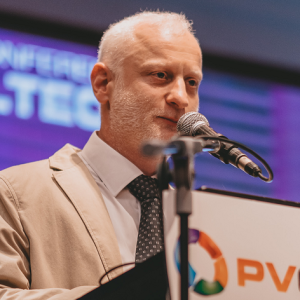
Finlay Colville
The PV module landscape in the Terawatt production era from 2026 onwards
Conference Chair and PV Tech’s Head of Research, Finlay Colville, will outline how the current PV manufacturing downturn will shake-out the sector over the next couple of years, leading to 2026 when annual production levels are expected to hit the landmark 1 Terawatt level. The talk will also cover module pricing, trends in polysilicon, wafers and cells, and technology evolution.
Speakers

Finlay Colville
PV module technology and supply to Europe in 2025
Moderator

Finlay Colville
In this opening session we will hear from three PV Module suppliers about their experience in 2024 and how they plan to continue to improve their offerings over the course of 2025. They will be providing data on the latest technology advancements and what this means for module buyers planning for projects in the next 12-18 months.
Speakers
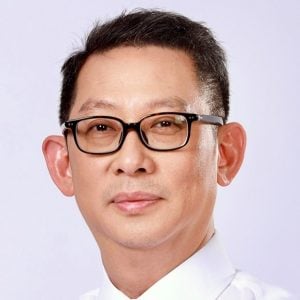
Insan Boy
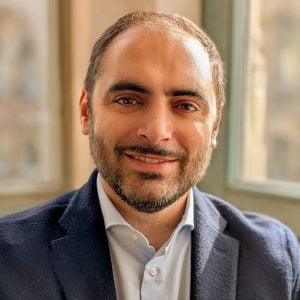
Paolo Di Lorenzo
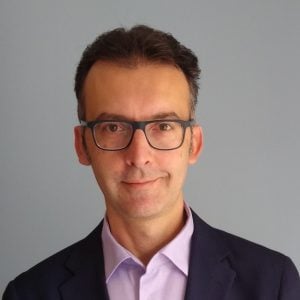
Federico Brunelli
Networking Coffee Break
How to select a reliable, bankable module in 2025?
Moderator

Finlay Colville
This special session will hear from one of leading PV manufacturers in the sector today, Tongwei. The presentation will cover technology, module supply and details about the company and its overall strategy.
Speakers
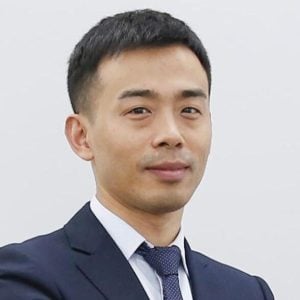
Jason Xia
Understanding the field experience of new module variants
Moderator

Finlay Colville
This session will look at the some of the issues currently being experienced in Europe with deployed modules, looking at field data. We will then hear from module manufacturers on how they are responding to these issues through manufacturing advancements and by working with third party testing organisations.
Speakers
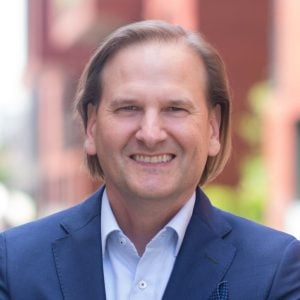
Erik Lohse
Future Module Technology Offerings
Moderator

Finlay Colville
This session will look at how module technology could evolve in the next few years and what some of the differences will be when compared to mainstream TOPCon offerings today.
Speakers
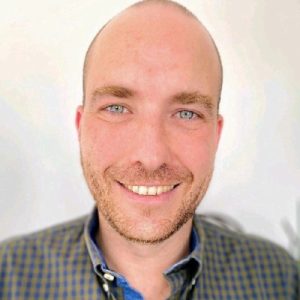
Hugo Fernandez
Networking Lunch hosted by Enerparc
Module quality & performance optimization through traceable auditing through the value-chain
Moderator

Finlay Colville
This session will look at how auditing supply-chains and factories used to make modules, and their sub-components, has become essential to understand module quality, reliability, and traceability issues. Learn from some of the module suppliers with strong in-house manufacturing capability and the third-party experts being engaged by module buyers to audit and verify manufacturing and supply-chain metrics.
Speakers
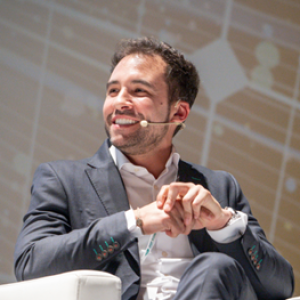
Ignacio Espinosa
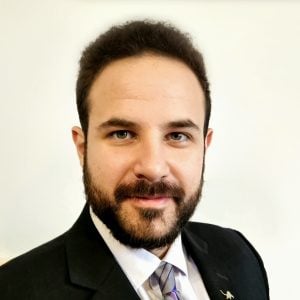
Victor Rada
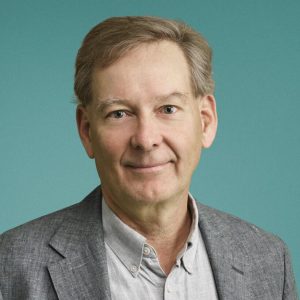
Jan Vedde
Networking Coffee Break
Latest TOPCon PV module performance enhancements
Moderator
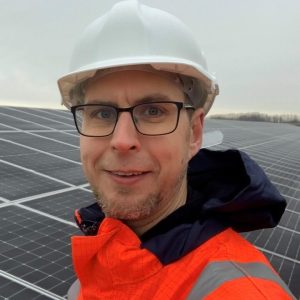
Dr Jack Levell
This session will look at what technology advancements are coming for TOPCon modules and how these new advancements help to address some of the issues that have been experienced during the first phase of deployment during 2023 and 2024.
Speakers
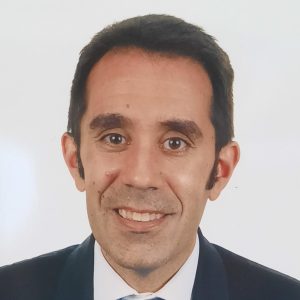
David Garmendia
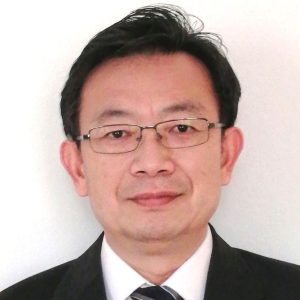
Yi Deng
Choosing modules tested & qualified for European PV site deployment
Moderator

Dr Jack Levell
This session will look at some of the technical specifications for buying modules in Europe. We will first hear from a developer who will discuss how they assess the different technology options on offer. We will then hear from two module manufacturers about how they differentiate their modules in a market with so much choice.
Speakers
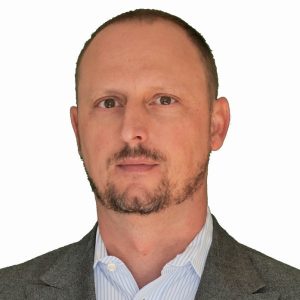
Christian Comes
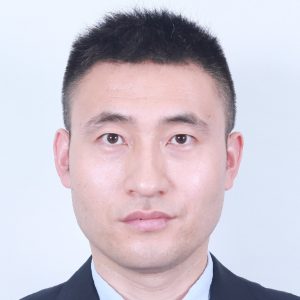
Leo Chang
Networking drinks at Los Patios de Beatas
Join us at the end of Day 1 for an informal evening of wine and tapas at Los Patios de Beatas.
C. Beatas, 43, Distrito Centro, 29008 Málaga, Spain
https://lospatiosdebeatas.com/
Traceability in module supply to Europe
European PV module buyers have been working hard to understand best practice for buying PV modules in a responsible manner. This includes corporate ESG requirements and policy requirements and recommendations from a national and EU level. This session will give an update on the current ESG landscape in Europe, best practice in supply chain traceability and how module manufacturers are changing their practices to meet the new requirements.
Speakers
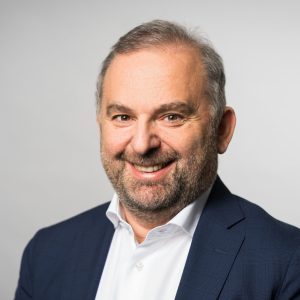
Ozer Ergul
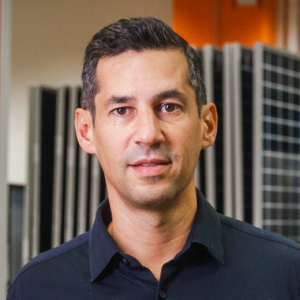
Steven Xuereb
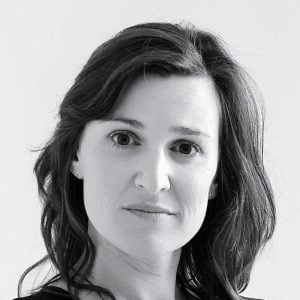
Ksenia Dray
How do new ESG requirements change the module buying landscape in 2025?
Moderator

Finlay Colville
Buying solar modules in Europe today is radically different to the early years of sector growth. Corporate buying practices have entered the sector, largely independent of any legislation in place regarding imported products. Environmental, social and governance (ESG) aspects have now become standard, with module sellers and buyers alike having to navigate these requirements. This panel discussion will look at how this will unfold in 2025, set against module buying tendencies in the U.S. and changes in Europe concerning relations with China as a whole.
Speakers
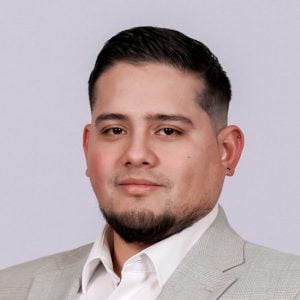
Enrique Suarez
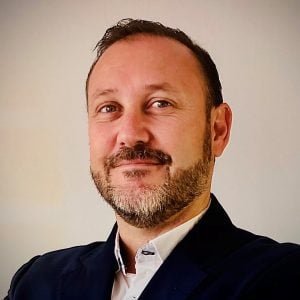
Alejandro Parra Trujillo

Dr. Kai Siemer
Networking Coffee Break
Keeping module quality optimized and minimizing buying risks
Moderator

Carmen Morilla
This session will look at modules being shipped to Europe in the current low pricing environment. How are leading module suppliers preserving module quality, optimizing panel performance? Is there greater scrutiny now on bill of materials and the financial stability of the module suppliers’ parent entities?
Speakers
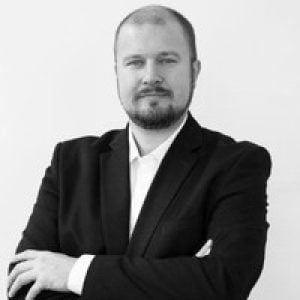
Javier Piqueras Rubow
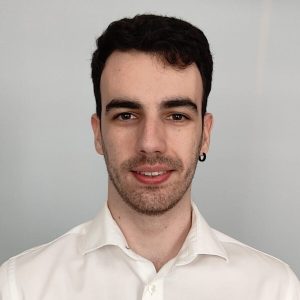
Alejandro Coll
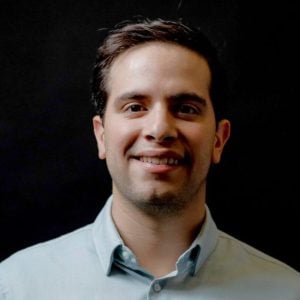
Samuel Salazar García
Networking Lunch
The ModuleTech 2024 Special Debate: Structuring the Perfect 1 GW Framework Module Supply Agreement for 2025
Moderator

Finlay Colville
A first at any of our PV ModuleTech events, this special session will seek to form the perfect supplier/buyer arrangement for the delivery of 1 GW of solar modules for a framework supply deal for projects to be built in Europe during 2025. Featuring teams representing an imaginary AAA-Rated module supplier, a institutional-funded renewables developer/invester and a third-party auditor, the debate will walk through all the issues of importance with undertaking due diligence during the RFQ process, selecting a module supplier and putting together a supplier contract that is in the best interests of all parties concerned.
To add some extra spice, the module supplier team don’t know the specifics of the deliverables – they only know there is a magical 1 GW supply deal on offer! Likewise, the buyers don’t know what the module supplier can offer; what do they manufacture, where does the product come from, what is the supply-chain, etc. Finally, the third-party auditors know absolutely nothing about what either party is coming to the table with!
We have no idea how this debate will end? Can a win-win situation be found, does too much power these days sit with the buyers, and how much risk is falling on each side once deliverables need to take place next year?
Following the debate, the audience will then give their feedback. What has been missed? What was done well in the negotiations? Does the new relationship forged on stage look like being a winning arrangement, or will it all end up in tears by the end of 2025!
Speakers

Victor Rada

Insan Boy
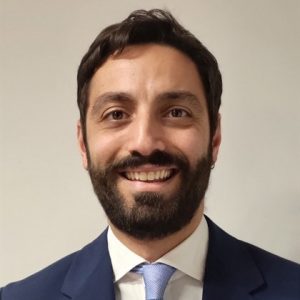
Stefano N. Granata

Ksenia Dray
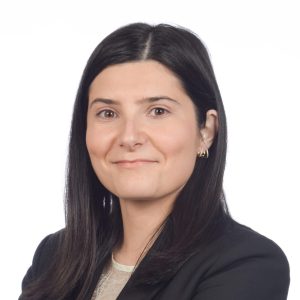
Elene Garciandia

Javier Piqueras Rubow
The Solar Industry to 2030: Global Trends and Forecasting beyond the 2024-2026 Manufacturing Downturn Phase
The closing session of PV ModuleTech Europe 2024 will involve a forward-looking talk from event Chair, Dr. Finlay Colville, examining how the sector will evolve to 2030. Will pricing rebound? When will the next major technology shift occur? Is India set to be the next manufacturing powerhouse globally? What can we make of the plans in the U.S. to create a domestic manufacturing blueprint for Europe and other regions? And much more, with the chance to ask any questions.
Speakers







